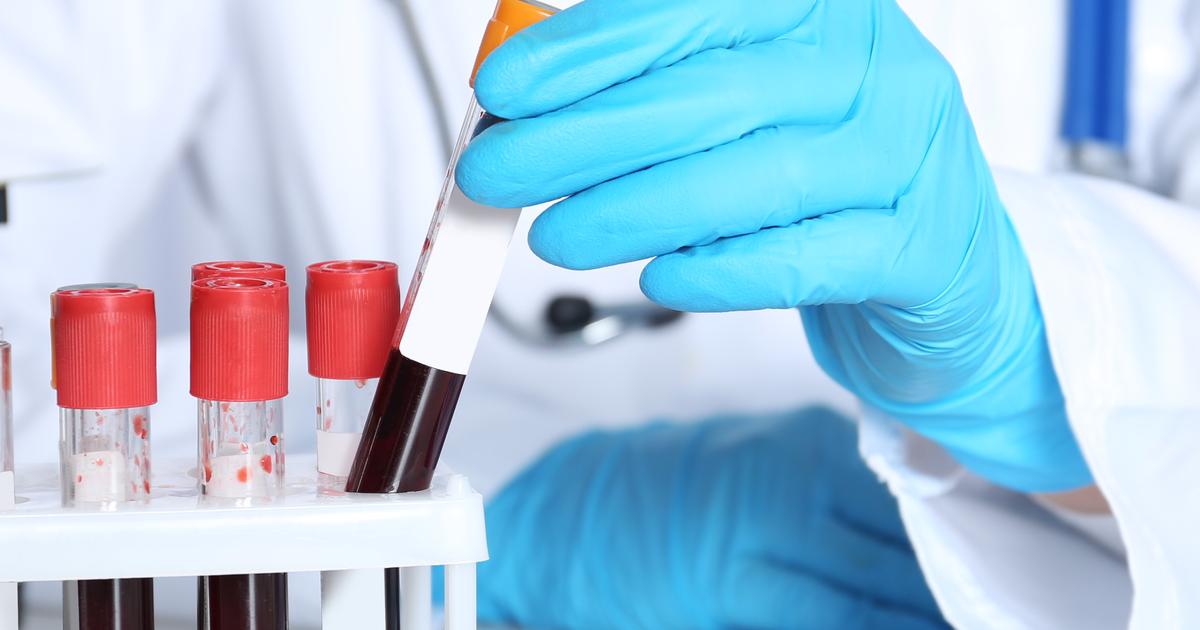Guide To The Types of Hemophilia
Hemophilia B

Hemophilia B is carried on the X chromosome, and it involves a defect in (or the absence of) a clotting factor called factor IX. Hemophilia B occurs four times less often than hemophilia A, and the stages and symptoms associated with the condition are the same as those for hemophilia A. Females with hemophilia B could experience very heavy periods, and they may also hemorrhage during childbirth. Treatment for hemophilia B is normally carried out at specialist centers, and patients will need to have clotting time and clotting factor tests to determine the severity of their case. Patients with this condition usually receive concentrated factor IX administered intravenously. Individuals with severe forms of hemophilia B are also placed on prophylaxis treatment so they can maintain enough factor IX to prevent bleeding episodes.
Discover additional types of hemophilia now.
